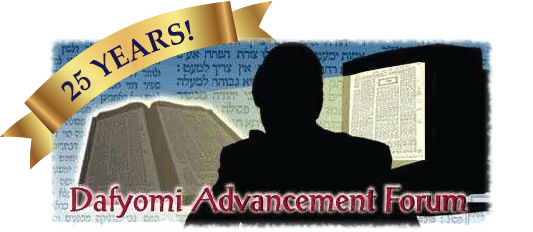Why does the Torah see fit to insert "Vehaysah lachem le'Chukas Olam"?
Seforno: Even when the Beis ha'Mikdash is standing and the Avodah is in effect, the Mitzvah of Shevisah from Melachah and that of fasting still apply. 1
To preclude from the notion that they come to replace the Avodah, and as long as the Avodah is in effect, they are not necessary.
Why was the tenth of Tishri chosen as a day of forgiveness?
What does "Te'anu es Nafshoseichem" include?
Ramban (citing the Ibn Ezra): Wherever the Pasuk uses the expression 'Inuy Nefesh', it refers to fasting, 1 and not to inflicting wounds upon oneself. 2
Targum Yonasan and Yoma, 76a: It incorporates desisting from (the five Inuyim - Yoma) 1. eating and drinking, 2. Hana'ah of bathing, 3. [anointing with] perfumes, 4. wearing shoes and 5. intimacy. 3
See Ibn Ezra.
As the Kara'ites - may their names be blotted out - explain (Ramban).
Chefetz Yehonason: The She'iltos (167) and several Rishonim hold that all the afflictions are mi'd'Oraisa, Ha'amek She'eilah asks, if so, how could the Chachamim permit a king and Kalah to wash the face, anointing for lesions, and a Yoledes to wear shoes? (Refer also to 16:29:2.1:1*) Targum Yonason explains that the Torah forbids only when these are done for pleasure. - PF).
To what do the five Inuyim correspond?
Yoma, 76a: They correspond to the five times that the Torah mentions Inuy. 1
See Torah Temimah, citing Yoma, ibid., and note 126, who cites the five sources, and who proves from wording of the question - which the Gemara asks - that the five Inuyim are mi'de'Rabanan.
What is the significance of the comparison of Inuy to the Isur Melachah?
Yoma, 74b: It teaches us that, like Melachah, Inuy entail desisting from pleasures - to preclude sitting in the blazing sun or in the cold.
What is the word "ve'Chol Melachah Lo Sa'asu" coming to include?
What are the connotations of "ha'Ezrach"?
Succah 28a-b: It incorporates both men and women 1 - to include women in the prohibition of 'Tosefes Inuy' (adding a short time on to the day).
See Torah Temimah, note 130.
What are the connotations of "ha'Ger ha'Gar be'Soch'chem"?




